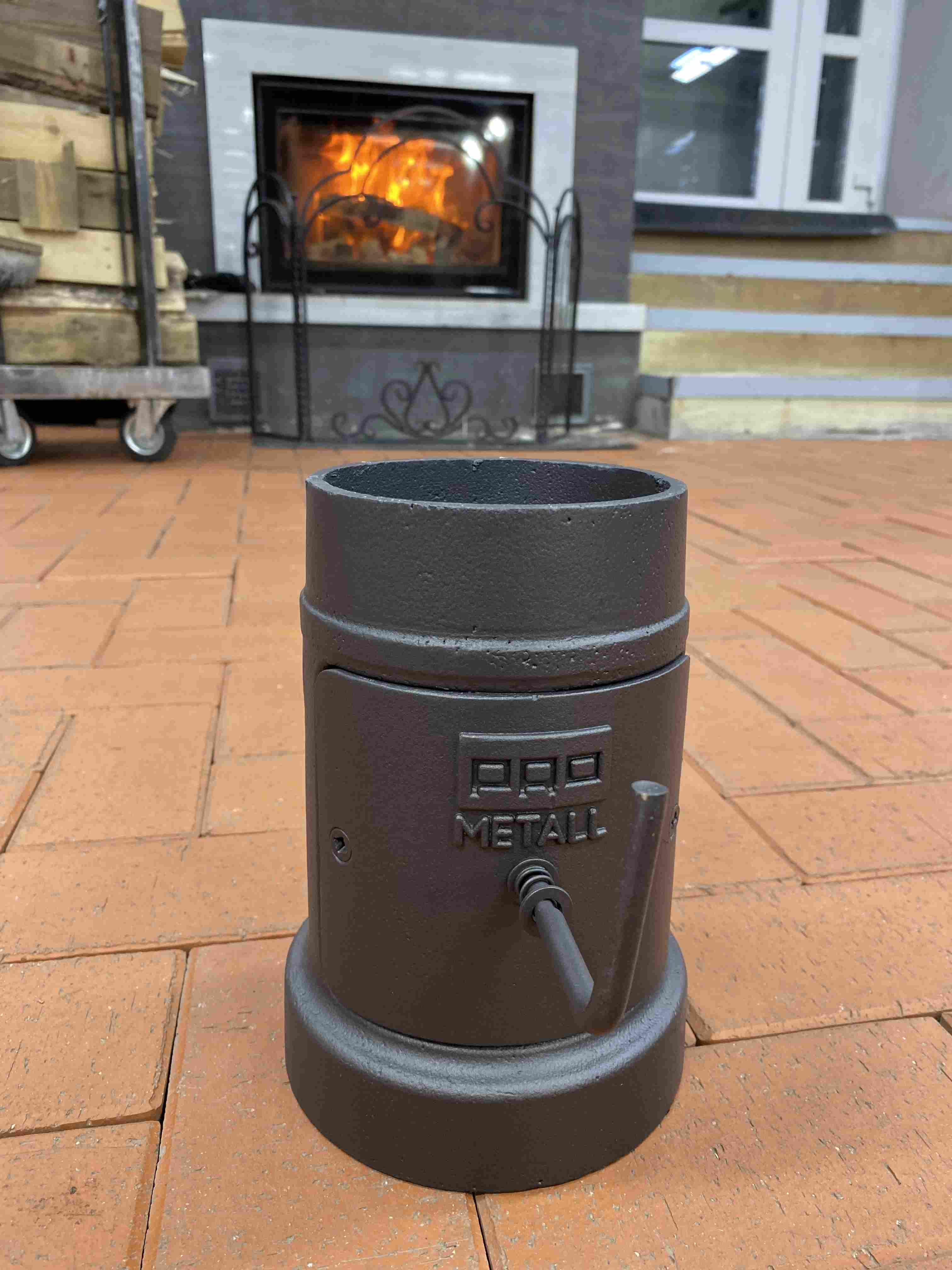전문가들이 제공하는 다양한 정보
Managed Environment Carburizing Furnace Upkeep FAQs
페이지 정보
본문
Are you able to share some common carbon management points and possibly some maintenance tips associated with that. M. McConkey: Certain, positive. Some …well, most issues that come from carbon control is that the furnace is sooted up. The ambiance in the furnace is a high carbon potential environment and the furnace sometimes will get sooted up. The best option to get rid of that's to ‘burn the furnace out,’ the place you really lower the temperature a little bit bit and also you induce air into the furnace for a time period. Then you also analyze the atmosphere in the furnace after the burnout. Managed ambiance ovens and furnaces are commonly used within the manufacture of steel products, the place a specialized setting is essential to achieve the desired product end. They are also used for finishing up heat remedies in a controlled setting, the place contamination could be prevented. Heat therapy is frequent within the automotive and chemical industries, where metals could also be topic to excessive temperatures. You get the best of both worlds with a dual gas stove — a responsive and durable fuel cooktop and an excellent heating electric oven. The fuel cooktop heats fast, is compatible with any cookware, and won’t break if you happen to accidentally drop a heavy skillet on it. Electric ovens usually have a number of heating components that distribute and maintain a consistent temperature inside the cavity, which is particularly useful when baking.

Stoves that include a catalytic converter will ignite gasses at lower temperatures. This will not only enhance the effectivity of your stove by as much as 25 percent, but it will also lower the emissions associated with your stove. The most effective-solid iron wooden stoves receive effectivity scores of over 85 percent. These include the type of ceramics desired, the temperature requirements, печь атмосфера the dimensions of the pieces, and the restrictions of the oven. Oven firing is most frequently tried with low-fire ceramics. These ceramics, typically made from earthenware or terra cotta clay, have lower firing temperature requirements compared to excessive-fireplace stoneware or porcelain. Low-fireplace ceramics can sometimes obtain satisfactory ends in an oven firing, making it a feasible option for certain initiatives. Utilizing an oven instead of a kiln for pottery comes with vital risks and limitations. Ovens should not particularly designed for pottery firing, and their insulation, temperature management, and airflow mechanisms aren't appropriate for this purpose. The potential risks embody uneven heating, limited temperature range, lack of ambiance management, potential harm to the oven, compromised high quality and durability of the ceramics, and safety hazards.
Furnace atmospheres are essential to assembly metallurgical specifications outlined by management processes. The make-up of a furnace’s environment in the heat-treating process varies based mostly upon the appliance. Within the case of impartial and carbon-rich atmospheres, carrier gasoline is often provided by an endothermic generator. The endothermic gas supplies a non-oxidizing, decreasing atmosphere able to delivering this impartial or carbon-rich atmosphere. They require much much less heat to begin with and efficiently maintain any heat produced inside the partitions. Homes with a ducted furnace or heat pump can be linked to a cast iron wood stove. This connection will allow the wood fireplace heat to be unfold around your own home and regulate the quantity of heat you wish to send to every area of your house. It also reduces the chance of overheating, which might lead to electrical issues and even fireplace hazards. Oven vents are available in different types, with variations primarily based on their location and performance. Exterior Vents: These vents are located on the exterior of the oven, normally at the back or sides. They allow hot air and steam to escape from the oven into the encompassing kitchen surroundings. Internal Vents: Some ovens feature internal vents, which direct scorching air and moisture again into the cooking chamber.
- 이전글Warning: These 9 Mistakes Will Destroy Your Voice Over 24.07.16
- 다음글Factors To Think About In Using One Way Links 24.07.16
댓글목록
등록된 댓글이 없습니다.


